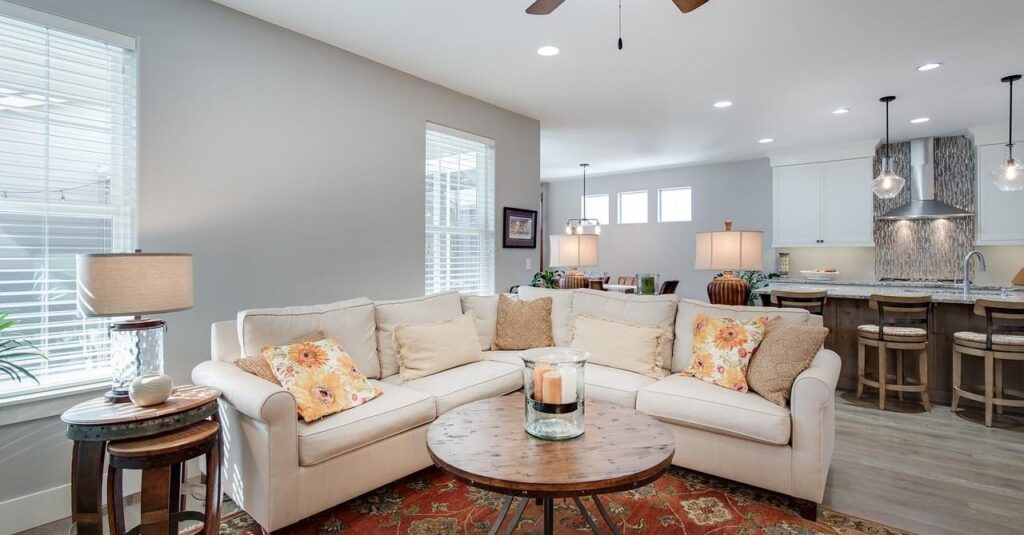When it comes to purchasing furniture, understanding the price ranges for different types of pieces is essential. Furniture prices can vary significantly based on factors such as materials, craftsmanship, brand reputation, and design complexity. In this comprehensive furniture price guide, we’ll explore the price ranges for various types of furniture, focusing on beds and chairs, two common and essential pieces found in every household.
**1. Factors Influencing Furniture Prices**
Before delving into specific price ranges, it’s essential to grasp the key factors that impact furniture prices:
**a. Materials:** The type of material used significantly affects furniture pricing. Solid wood, hardwood, softwood, engineered wood, metal, leather, and fabric are commonly used materials, each with its own cost implications.
**b. Craftsmanship:** High-quality craftsmanship and attention to detail often translate to higher prices. Skilled artisans and intricate designs can contribute to premium pricing.
**c. Brand Reputation:** Established furniture brands with a reputation for durability, design, and reliability may have higher prices compared to lesser-known or generic brands.
**d. Design Complexity:** Furniture with complex designs, innovative features, or unique aesthetics may command higher prices due to the additional effort and creativity involved in its production.
**e. Market Demand:** The laws of supply and demand also play a significant role. Furniture pieces that are currently in high demand might be priced higher due to their popularity.
**2. Bed Price Ranges**
Beds are one of the most important pieces of furniture in any home. Their price range can be vast, depending on factors such as size, material, design, and additional features.
**a. Economy Range (Under $500):** In this price range, you can find basic platform beds, metal frames, and budget-friendly options made from engineered wood or affordable materials. These beds are functional and serve their purpose but may lack elaborate designs or premium materials.
**b. Mid-Range:** The mid-range offers a wide variety of options, including sturdy wooden beds, upholstered beds, and some designer-inspired models. These beds often come in various sizes and offer a good balance of quality and affordability.
**c. Premium Range:** In the premium range, you’ll find luxury beds made from high-quality materials such as solid hardwoods, luxurious fabrics, and intricate designs. These beds may also include features like built-in storage or adjustable frames.
**3. Chair Price Ranges**
Chairs are versatile furniture pieces found in nearly every room of the house. Their price range depends on factors like material, design, comfort, and additional features.
**a. Dining Chairs ** Basic dining chairs made from metal, plastic, or simple wooden designs fall into this category. They are functional and suitable for everyday use.
**b. Upholstered Chairs ($300 – $800):** This mid-range includes dining chairs with padded seats, accent chairs with fabric upholstery, and basic office chairs. The quality of upholstery and materials affects the price within this range.
**c. High-End Chairs** In the high-end range, you’ll find premium office chairs, designer accent chairs, and custom-made pieces. These chairs often feature luxurious materials, ergonomic designs, and unique aesthetics.
**4. Tips for Finding the Right Balance**
– **Research and Compare:** Before making a purchase, research different brands and retailers, and compare prices for similar types of furniture. This will give you an idea of the average price range and help you find the best deal.
– **Quality Matters:** Consider investing in furniture with better quality, especially for pieces like beds and chairs that endure daily use. High-quality furniture tends to last longer and provide better comfort and support.
– **Style and Aesthetics:** While budget constraints are essential, also focus on finding furniture that suits your style and complements your home decor. Striking a balance between price and aesthetics is crucial for a satisfying purchase.
– **Consider Long-Term Costs:** Sometimes, spending a bit more upfront on a high-quality piece can save you money in the long run, as you won’t need to replace it as frequently.
In conclusion, understanding the price ranges for different types of furniture, including beds and chairs, can be beneficial when making furniture purchasing decisions. Take into account factors such as materials, craftsmanship, design, and brand reputation to find furniture that aligns with your budget and requirements. By doing so, you can ensure that you invest in pieces that enhance your living spaces while providing comfort and functionality for years to come.






